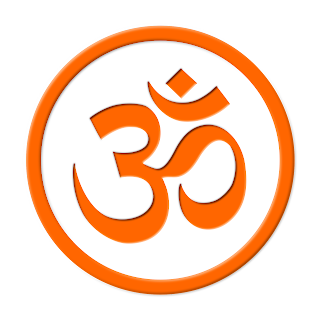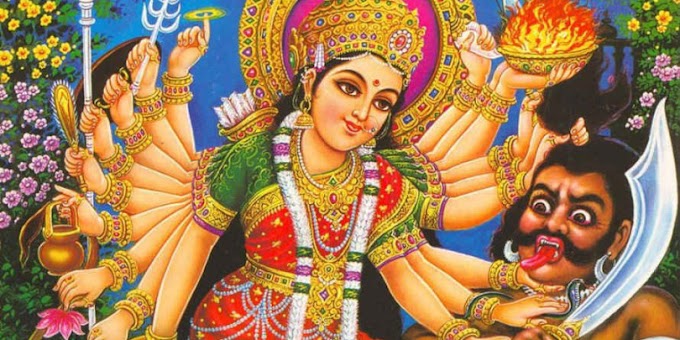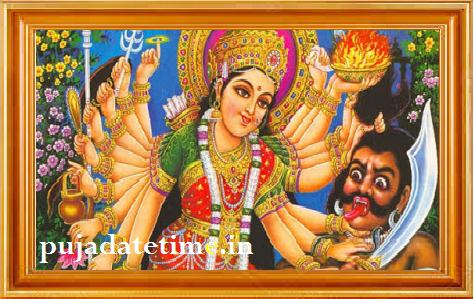Exploring the significance of Hindu photo: A glimpse into the rich culture and tradition of India
The Hindu religion is one of the world's oldest and most complex religions. Its rich cultural heritage is reflected in every aspect of life, including photos as a means of worship. In Hinduism, a photo is not just a mere representation of a deity or an object of worship. Still, it holds significant value and importance in the lives of its followers.
Hindu photos are considered to be a powerful medium that connects devotees with their gods and goddesses. These photos are often found in Hindu homes, temples, and workplaces, and are treated with great reverence and devotion.
One of the most common types of Hindu photos is the image of a deity. These images are usually made from materials such as wood, stone, or metal and come in various sizes and shapes. Devotees worship these images by performing puja (ritualistic prayer), offering flowers, fruits, or sweets, and lighting incense sticks.
Another important type of Hindu photo is the family picture. Many families in India have a small altar in their homes where they keep a photo of their ancestors, along with those of their favourite deities. This is believed to bring good luck and prosperity to the family.
Hindu culture also places great emphasis on the guru or spiritual teacher. Therefore, many Hindus keep a photo of their guru in their homes or workplace. The guru is considered to be a source of guidance and wisdom, and his or her photo serves as a reminder of their teachings.
In addition to being used for worship and as a source of inspiration, Hindu photos also serve as a means of artistic expression. Many skilled artists create beautiful paintings and sculptures depicting Hindu deities and events from Hindu mythology.
In conclusion, Hindu photos play a significant role in the daily lives of Hindus. They serve as a medium of worship, a source of inspiration, a symbol of tradition, and a means of artistic expression. The use of photos in Hindu culture reflects the rich history and complexity of this ancient religion and its vibrant culture.
Hindu Symbol
Hinduism is a religion with a rich heritage of symbols, each representing different aspects of divinity and spirituality. Here are some of the most important Hindu symbols:
- Om: As described earlier, Om is considered to be the most significant Hindu symbol, representing the essence of reality, consciousness, and divinity.
- Swastika: The swastika is an ancient symbol used in Hinduism, Buddhism, and Jainism. It represents good fortune, luck, and prosperity. However, its association with Nazi Germany has led to controversy and it is not widely used in the West.
- Lotus: The lotus is a sacred flower in Hinduism and is often associated with the goddess Lakshmi, who represents wealth, beauty, and prosperity. The lotus also symbolizes purity and enlightenment.
- Trishula: The trishula is a three-pronged weapon that is wielded by the god Shiva. It represents the three aspects of Shiva: creator, preserver, and destroyer.
- Aum/Ohm: The symbol 'Aum' or 'Ohm' is often depicted in Hindu art and jewellery. It represents the three states of consciousness – waking, dreaming, and deep sleep – as well as the three essential elements of existence: earth, atmosphere, and heaven.
- Shri Yantra: The Shri Yantra is a sacred geometric diagram used for meditation and worship. It represents the union of male and female principles and the ultimate realization of the divine.
- Rudraksha: The Rudraksha is a seed that is used as a prayer bead in Hinduism. It is said to have originated from the tears of Lord Shiva and is believed to possess powerful spiritual and healing properties.
- Ganesha: Ganesha, also known as Ganapati or Vinayaka, is one of the most popular deities in Hinduism. He is often depicted with an elephant head and a rounded body. Ganesha is considered to be the remover of obstacles and is worshipped before the start of any new undertaking.
- Hamsa: The hamsa, also known as the "swan" or "goose," is a symbol of purity, grace, and beauty. In Hinduism, it represents the power of discrimination and the ability to separate truth from illusion.
- Nandi: Nandi is the sacred bull that serves as the vehicle of Lord Shiva. He is often depicted sitting outside Shiva temples and is considered to be a symbol of strength, loyalty, and devotion.
- Peepal Tree: The peepal tree is considered to be sacred in Hinduism and is often worshipped as a symbol of longevity and prosperity. According to Hindu mythology, it is believed to be the abode of Lord Vishnu and represents the cycle of birth, death, and rebirth.
- Tilak: The tilak is a mark worn on the forehead by Hindus, usually during religious ceremonies and festivals. It is made using a paste of sandalwood or vermilion and represents the third eye of Lord Shiva.
In conclusion, Hinduism is a religion that boasts a diverse collection of symbols, each representing different aspects of spirituality, divinity, and culture. These symbols serve as powerful reminders of the rich history and heritage of Hinduism and continue to inspire and guide its followers around the world.
The Power and Significance of Om: Exploring the Sacred Sound and Symbol in Hinduism, Buddhism, and Jainism"
OM
In Hinduism, the syllable 'OM' or 'Aum' is not typically considered to be an acronym with a full form. Rather, it is a sacred sound that represents the essence of reality and the ultimate truth of existence.
That being said, some people interpret the three phonemes (A, U, M) that make up the syllable as representing different aspects of creation and the universe. 'A' is associated with creation, 'U' with preservation, and 'M' with destruction. Together, they represent the cycle of birth, life, death, and rebirth, which is a fundamental aspect of Hindu belief.
So while there is no official "full form" of OM in Hinduism, the syllable itself holds deep spiritual significance and is considered to be one of the most important symbols of the faith.
Om, also spelt Aum, is a sacred sound and symbol in Hinduism, Buddhism, and Jainism. It is considered to be the primordial sound of the universe and is believed to represent the essence of reality, consciousness, and divinity.
The syllable 'Om' consists of three phonemes: A, U, and M. Each phoneme represents aspects of the human experience and the universe. The 'A' sound is associated with creation and the waking state of consciousness. The 'U' sound represents preservation and the dreaming state of consciousness, while the 'M' sound symbolizes destruction and the deep sleep state of consciousness. Together, these sounds represent the cycle of birth, life, death, and rebirth.
In Hinduism, Om is considered to be one of the most important spiritual symbols. It is chanted at the beginning and end of prayers and rituals and is believed to invoke the presence of the divine. Om is also used as a meditation mantra, with practitioners repeating the sound to help achieve a state of inner peace and spiritual connection.
In Buddhism, Om is often used in conjunction with other mantras and is seen as a way to connect with the ultimate reality beyond our individual selves. It is used in various forms of meditation, including Vipassana meditation and Tibetan Buddhist practices.
In Jainism, Om is considered to be a symbol of the soul and its journey towards enlightenment. It is often used in prayer and meditation to bring a sense of calmness and clarity to the mind.
Overall, Om is a powerful symbol that represents the unity of all things and the connection between the individual self and the divine. Its use in various spiritual practices reflects its universal appeal and importance to people of different faiths and cultures.





.jpg)





0 Comments